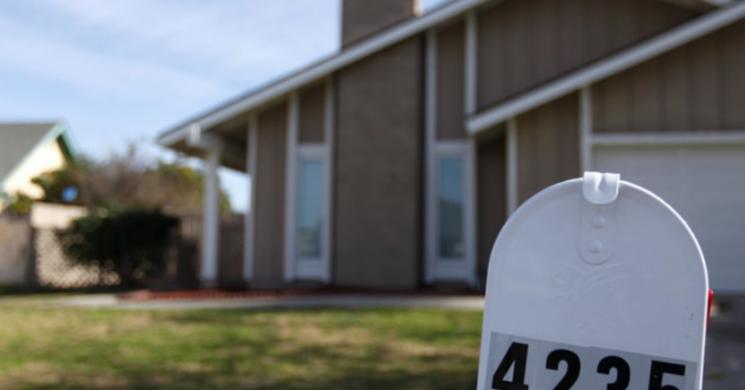
- Average ain't what it used to be. - Soren K
- "Yeah sure but the Average has risen since 1989. For example, the top 1% now control way more andthat drives the average up right?"- Janet Yellen and Ben Bernanke
The average American family had the same amount of wealth in 2013 as it did in 1989
Commentary and analysis shaping our Global, Regional and Industry agendas
Read our reports on the broad range of global issues we’re seeking to address
Learn about our activities tackling the most significant global challenges through public-private collaboration
Learn more about our events which work to shape the Global, Regional and Industry agendas
Committed to improving the state of the world
- Regional Agenda
- Economy
- United States

More than half of the homeowners at that bottom end of the wealth distribution were underwater on their mortgages in 2013.
Image: REUTERS/Mike Blake
Written by
Jim Tankersley, Economic Policy Correspondent, The Washington Post
Monday 22 August 2016
Published
Monday 22 August 2016
The Great Recession and the subsequent recovery from it have deepened the wedge between the very wealthy and everyone else in America, plunging the poor deeper into debt and wiping out two-fifths of the wealth held by families in the heart of the middle class. The wealthiest Americans, meanwhile, appear close to regaining all their losses over the same period, according to a new analysis released Thursday by theCongressional Budget Office.
The analysis shows the wealthiest 10 percent of Americans now hold three-quarters of the nation's wealth, up from two-thirds in 1989, and a three percentage-point increase from the start of the recession. Most Americans found themselves with less wealth in 2013 than Americans of a similar age had in 1989; the only age group doing better than its counterparts from a quarter-century ago was senior citizens.
The report was commissioned at the request of Sen. Bernie Sanders of Vermont, who made inequality a central theme of his run for the Democratic presidential nomination this year. In a statement, he said the analysis "makes clear that since the 1980s there has been an enormous transfer of wealth from the middle class and the poor to the wealthiest people in this country.”

Image: WonkBlog
CBO shows that the median family had about the same amount of wealth — roughly $80,000 — in 2013 as it did in 1989, after adjusting for inflation. The average family in the top 10 percent had $4.1 million in wealth, up from $2.15 million in 1989. Both groups had substantially more wealth before the recession hit, but those at the top have seen theirs bounce back at a much faster rate than those in the middle.
The story at the very bottom is much worse.
Americans who live in poverty, or even at the lower end of the middle class, have never had much wealth. They don't tend to play the stock market much, or even own their own houses. From 1989 to 2007, the average family in the bottom 25 percent of the wealth distribution found itself with around $1,000 in debt. After the recession that average debt ballooned to $13,000 per family.
More than half of the homeowners at that bottom end of the wealth distribution were underwater on their mortgages in 2013, the CBO reported, meaning they owe more than their homes are worth. That's up from 10 percent underwater before the recession.
Those families have also borrowed heavily for education, the report notes: "Over that period," CBO says, "the share of families with student debt increased from 25 percent to 36 percent, and the average amount increased from $24,000 to $36,000." By contrast, the share of those low-wealth families with credit card debt actually declined.
CBO also blames underwater mortgages and increased student borrowing for a broader trend in the recovery: a 50 percent increase in the share of American homes in debt.

Image: WonkBlog
In 2007, the report notes, 8 percent of American families were in debt, at an average debt level of $20,000 each. By 2013, 12 percent of families were in debt — and the average level had grown to $32,000.In 2007, the report notes, 8 percent of American families were in debt, at an average debt level of $20,000 each. By 2013, 12 percent of families were in debt — and the average level had grown to $32,000.
Share
Written by
Jim Tankersley, Economic Policy Correspondent, The Washington Post
This article is published in collaboration with Wonk Blog.
The views expressed in this article are those of the author alone and not the World Economic Forum.
A weekly update of what’s on the Global Agenda
Read more by Soren K.Group

